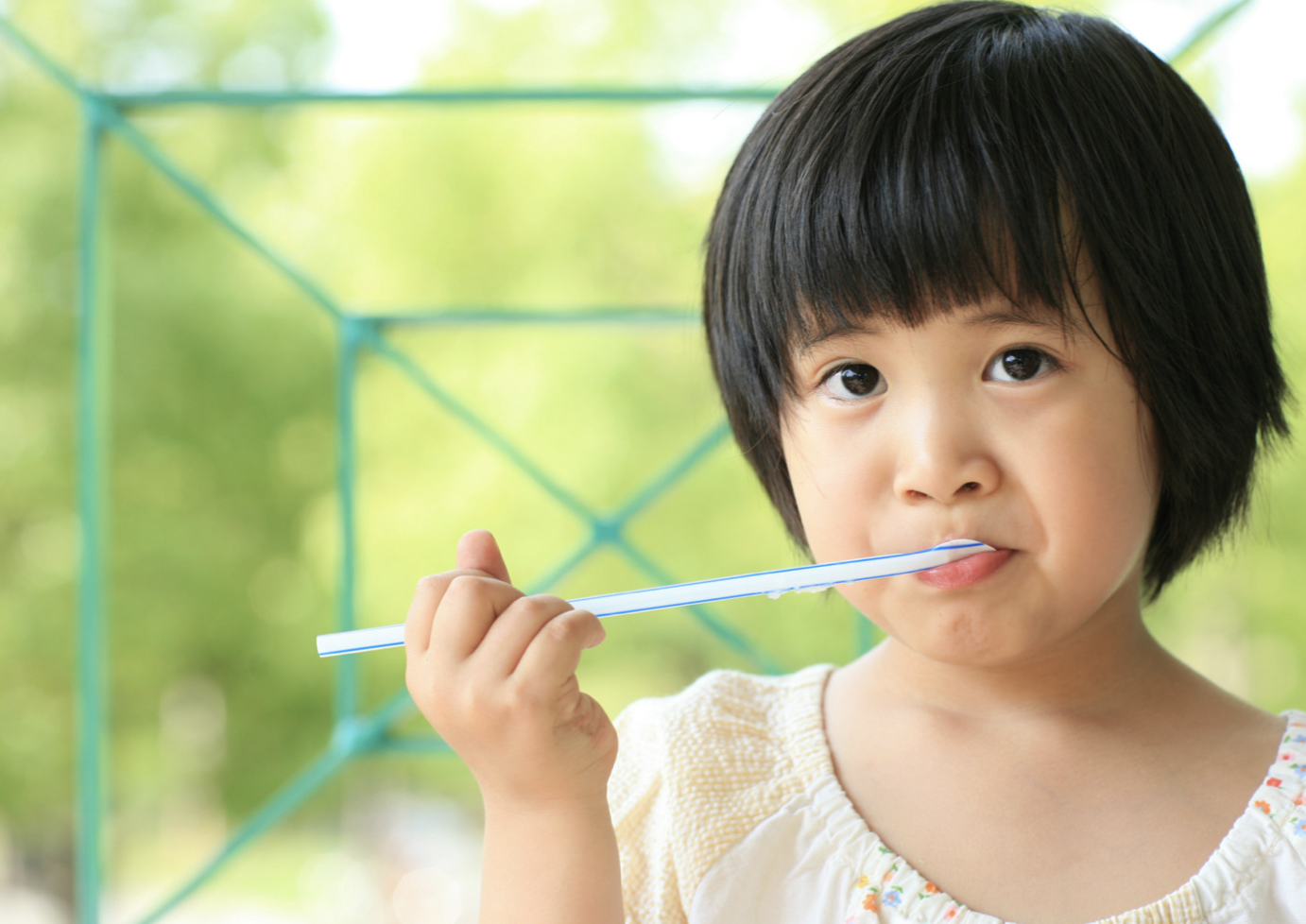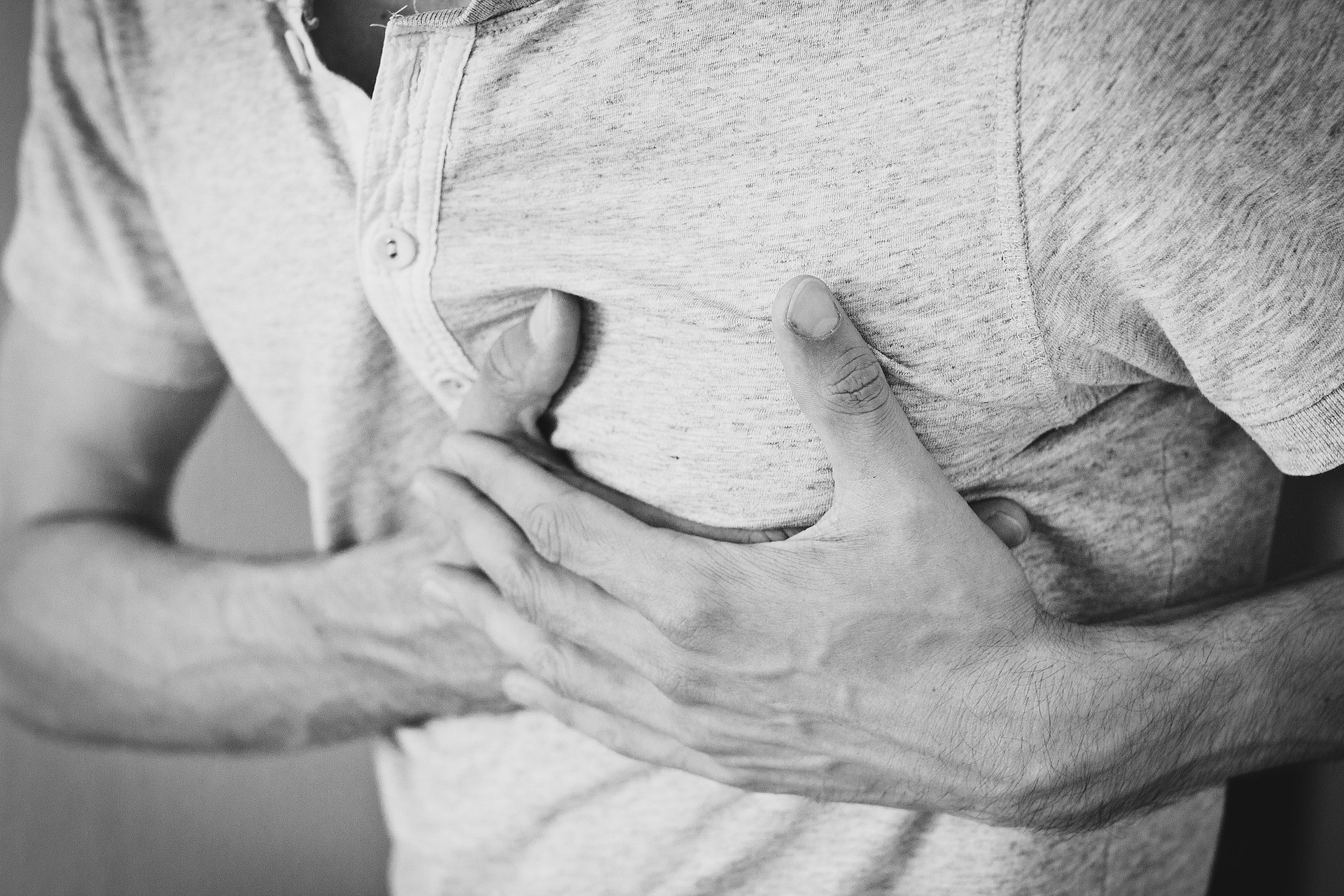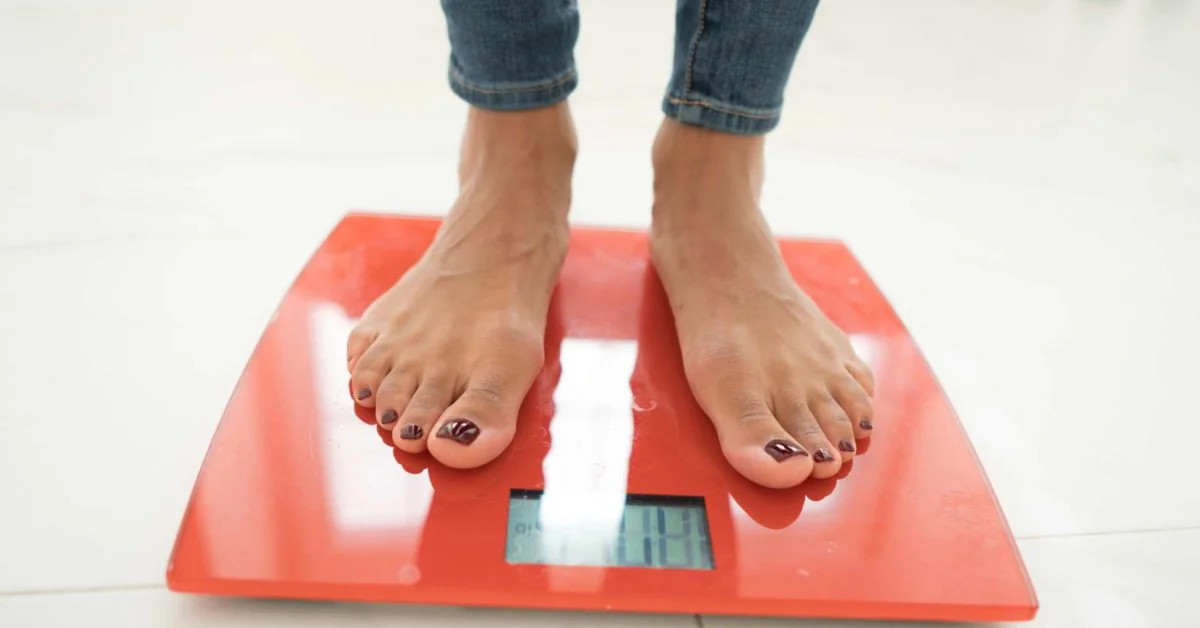Definition
Pica is an eating disorder that involves consuming non-food items for more than one month. Pica patients consume various objects, such as paper, ice cubes, hair, thread, soil, glue, cloth, chalk, powder, and cigarette butts. In diagnosing pica, it is essential to take into account the cultural background, community norms, and religious beliefs of the patient. Although it goes against social norms, some parts of the local society may accept the consumption of these items.
Children under 2 years of age frequently engage in the consumption of non-food objects during their exploration period, so it is not seen as a disorder. However, if children who are more than 2 years old develop this habit, it can be classified as pica. Apart from children, pica can also occur in adults, especially pregnant women. Even though pica is not associated with impaired social functioning, this disease is often experienced by individuals with psychiatric disorders, such as autism, intellectual disabilities, and schizophrenia.
Causes
Until now, researchers still do not know the cause of pica with certainty. Several psychological studies show a link between pica and stress, parental neglect, domestic violence, and maternal neglect. One of the most popular theories suggests that pica is related to mineral deficiencies, particularly iron deficiency, and individuals engage in pica as a response to these conditions. However, several studies show that the ingredients consumed by people with iron deficiency do not contain high levels of iron. This shows that the existing evidence is not strong enough to link nutritional deficiencies as a cause of pica.
Several other studies report a deficiency of a particular substance related to a response to stress and not cause that pica.
The new theory suggests that pica aims to obtain substances that can protect itself in vulnerable phases, namely childhood and pregnancy. The mechanism believed in this theory is that the object consumed can bind toxins so that they are excreted by the body and not absorbed into the digestive tract. In research conducted in Japan, patients with anemia often consumed ice (pagophagia) to increase blood flow to the brain, thereby improving brain function.
Pica sufferers have various reasons for consuming non-food items. Some individuals report feelings of cravings and a compulsion to eat certain things. Other individuals report that there is a need to stimulate their mouths. They say that pica is a form of self-soothing behavior.
Risk factor
Although the cause of pica is still not known with certainty, several factors are thought to increase a person's risk of suffering from pica, including:
- Experiencing stress
- Cultural cultural factors,
- Learning these habits from the people around you
- Low socioeconomic status
- Have other mental conditions
- Experiencing nutritional deficiencies
- Neglect by parents during childhood (child neglect)
- Pregnant
- Epilepsy
Symptoms
Symptoms of pica are the habit of eating things that are not food. Other symptoms that can be experienced include abdominal pain and the presence of blood in the feces (which can be a sign of ulcers or ulcers in the digestive tract caused by objects eaten). Apart from that, other digestive problems can arise, such as constipation or diarrhea.
Symptoms also depend on the type of object eaten. Objects that are poisonous or dangerous can cause more severe symptoms, namely:
- Lead poisoning (from consuming paint chips) with symptoms of nausea, vomiting, headache, inability to concentrate, 'metal' taste on the tongue,
- Gastrointestinal rupture
- Broken teeth
- Infection
Diagnosis
The diagnosis of pica is made based on age, main complaint, and symptoms. In accordance with the Diagnostic and Statistical Manual of Mental Disorders, Fifth Edition (DSM-5), several criteria need to be met to make a diagnosis of pica, namely:
- The behavior of consuming non-food ingredients occurs for 1 month or more
- The behavior of consuming non-food items is not appropriate to the individual's level of development (Pica cannot be diagnosed in children under 2 years old)
- Eating behavior does not conform to local cultural practices
- If this behavior is related to another psychiatric condition (such as intellectual disability, pervasive developmental disorder, or schizophrenia) or another medical condition (such as pregnancy), further management is necessary
If the consumption of non-food items aims to suppress appetite, such as in anorexia nervosa, a diagnosis of pica cannot be made.
The doctor will check your nutritional status and body weight to check for nutritional deficiencies. Further examinations, such as blood tests for lead poisoning, iron and zinc profile examinations, and electrolyte examinations, will depend on the type of substance consumed and the symptoms experienced by the patient.
Management
Generally, pica lasts for several months and disappears on its own. However, pica is more difficult to treat in individuals with other psychiatric conditions, such as intellectual disabilities. The goal of pica management is to modify behavior and treat health problems that occur, such as nutritional deficiencies or other complications.
To modify behavior, a strategy that can be implemented is to reduce exposure to objects that are frequently consumed. This can be done by not storing the object, keeping it out of reach, and looking for food with the same texture. Diverting the feeling of addiction by doing other activities can also be done for behavior modification.
There are no specific medications that can treat pica. Although there are some reports that antipsychotic medications can reduce pica behavior, antipsychotic medications can cause constipation and other side effects.
Complications
Pica-related complications vary depending on the substance swallowed.
Geophagia
Clay swallowing is a fairly common type of pica. Swallowing hard-to-digest objects such as dirt, clay, and rocks can cause constipation, hypokalemia, and nutritional deficiencies. Clay also contains many infectious microorganisms, such as parasites.
Pagophagia
Frequently consuming ice can cause iron deficiency, especially during pregnancy. Other complications are tooth decay and teeth becoming sensitive.
Amylophagia
Consuming excess flour can cause iron deficiency. This also triggers high blood sugar and obesity.
Other ingredients
Consuming other dangerous substances such as lead, mercury, fluoride, and others can cause poisoning. Lead poisoning can cause seizures, especially in pregnant women. Swallowing sharp objects can cause damage to the walls of the esophagus and intestines.
Pica during pregnancy has an impact on the fetus. Lead poisoning can cause long-term neurological disabilities in children. Meanwhile, geophagia causes motor delays in children.
Prevention
So far, there have been no special steps to prevent pica. However, monitoring your child's eating habits and the objects they put in their mouths can help establish a diagnosis and provide quicker treatment before complications occur. Eating a healthy diet can help prevent nutritional and mineral deficiencies, which can reduce the risk of developing pica. A child diagnosed with pica should be kept away from objects that could be swallowed.
When to see a doctor?
If you or someone you know is dealing with pica, particularly during pregnancy, it is essential to consult a healthcare professional to avoid nutritional deficiencies.
- dr Hanifa Rahma
Al Nasser, Y., Muco, E., Alsaad, AJ. Pica. [Updated 2021 Jul 29]. In: StatPearls [Internet]. Treasure Island (FL): StatPearls Publishing; 2022 Jan-. Available from: https://www.ncbi.nlm.nih.gov/books/NBK532242/
Attia, E. (2020). Pica. MSD Manual. Available from: https://www.msdmanuals.com/professional/psychiatric-disorders/eating-disorders/pica
Bhandari, S. (2021)/ Mental health and pica. WebMD. Available from: https://www.webmd.com/mental-health/mental-health-pica
Muhlheim, L. (2021). What is pica?. VeryWellMind. Available from: https://www.verywellmind.com/what-is-pica-5114566
Patel, D. (2021). Pica. Familydoctor.org. Available from: https://familydoctor.org/condition/pica/











